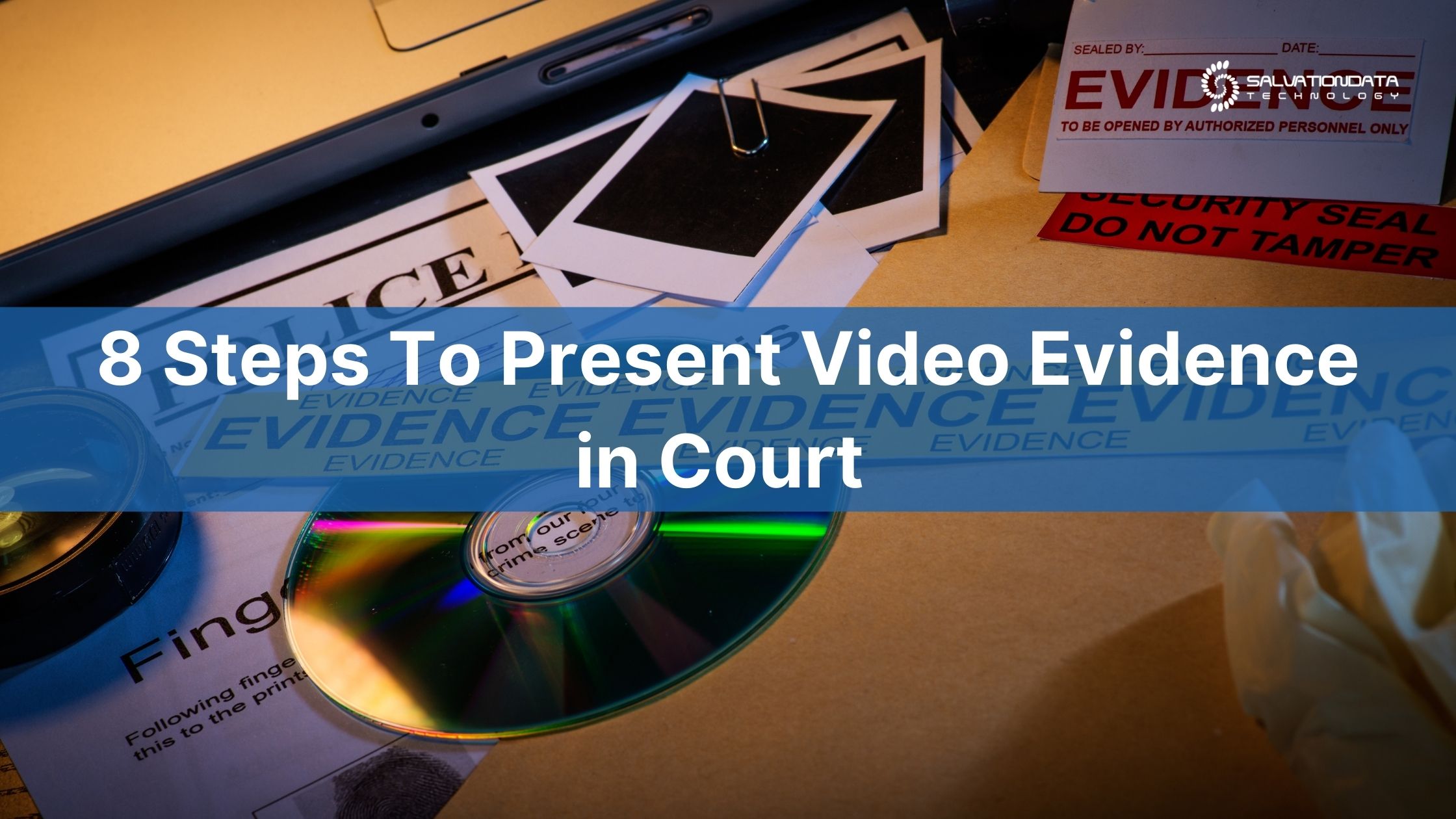Getting the pieces together and studying how to present video evidence in court can be a daunting task, especially if you’ve never done it before. But that’s something you’re going to have to get used to if it in any way aligns with your job responsibilities. The good news is, the process gets much easier once you have a tried and proven system in place. Don’t worry – we’ll teach you everything you need to know!
What you’ll find below is an 8-step guide on using video evidence in court the proper way. It contains the most important pieces of information you need to keep in mind to ensure that the video evidence presented gets admitted in court without stumbling into too many roadblocks or objections on the way. Keep in mind that any specifics may vary from country to country, but for the most part, the process will be similar if not the same.
Without any further ado, the step-by-step process is as follows:










